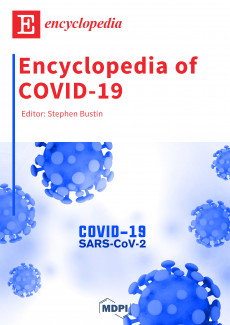You're using an outdated browser. Please upgrade to a modern browser for the best experience.
Topic Review
- 1.3K
- 16 Nov 2021
Topic Review
- 1.3K
- 24 Mar 2022
Topic Review
- 1.3K
- 17 Feb 2022
Topic Review
- 1.3K
- 21 Oct 2021
Topic Review
- 1.3K
- 28 Jan 2023
Topic Review
- 1.3K
- 08 Apr 2022
Topic Review
- 1.3K
- 09 Sep 2021
Topic Review
- 1.3K
- 06 Nov 2020
Topic Review
- 1.2K
- 21 Mar 2022
Topic Review
- 1.2K
- 05 Feb 2021
Topic Review
- 1.2K
- 08 Feb 2021
Topic Review
- 1.2K
- 09 Oct 2021
Topic Review
- 1.2K
- 13 Jul 2023
Topic Review
- 1.2K
- 05 Nov 2020
Topic Review
- 1.2K
- 02 Dec 2022
Topic Review
- 1.2K
- 14 Apr 2021
Topic Review
- 1.2K
- 06 May 2022
Topic Review
- 1.2K
- 14 Jun 2022
Topic Review
- 1.2K
- 27 Aug 2020
Topic Review
- 1.1K
- 19 Apr 2022
Featured Entry Collections
>>
Featured Books
- Encyclopedia of Engineering
- Volume 1 (2023) >>
- Chief Editor:
- Encyclopedia of Social Sciences
- Chief Editor:
- Encyclopedia of COVID-19
- Chief Editor:
 Encyclopedia
Encyclopedia


